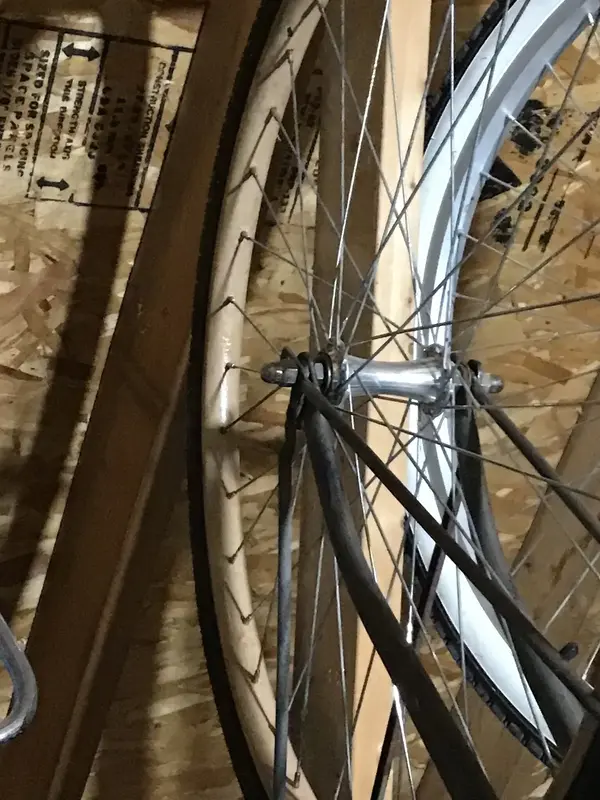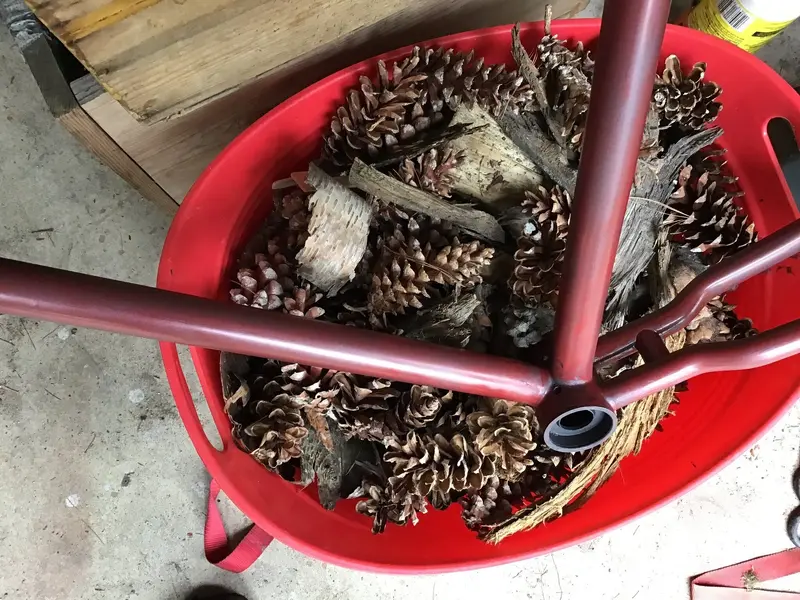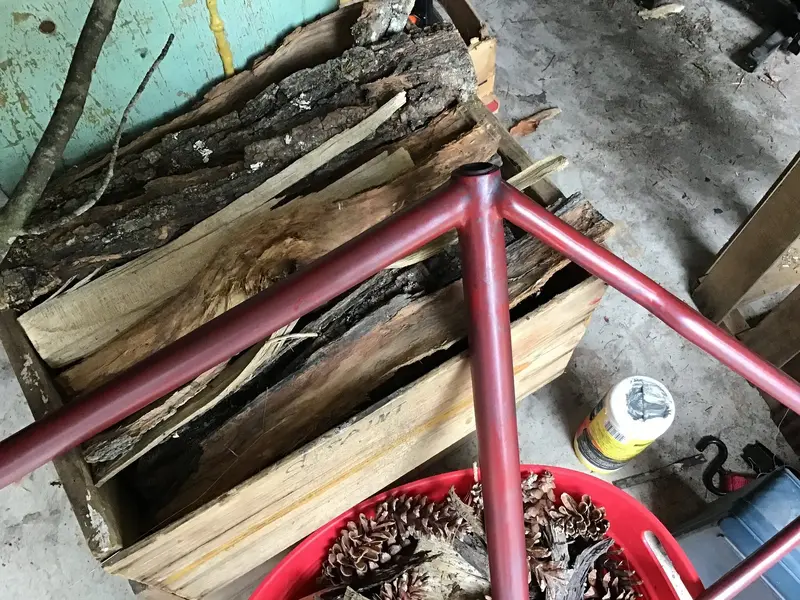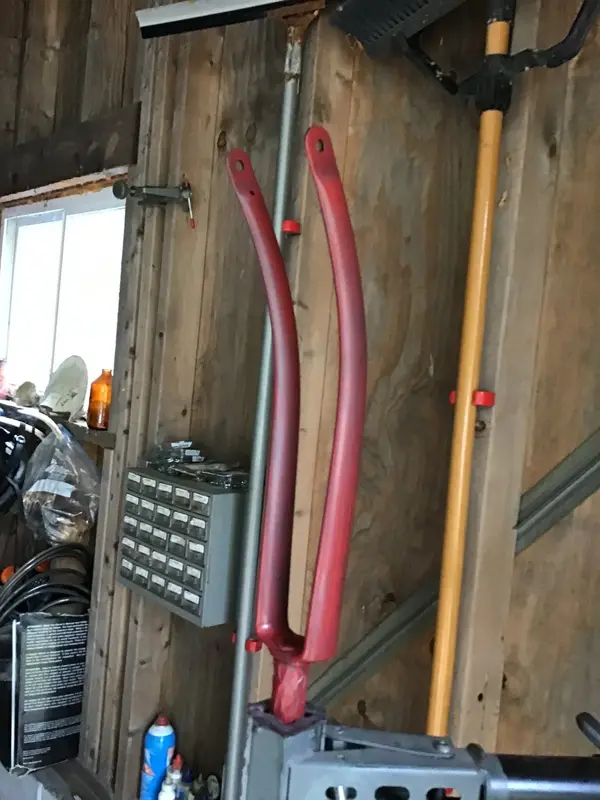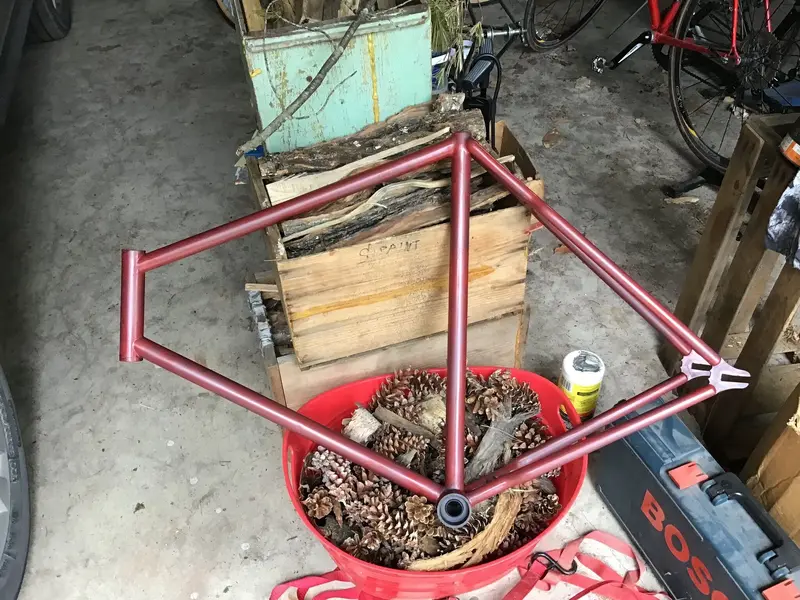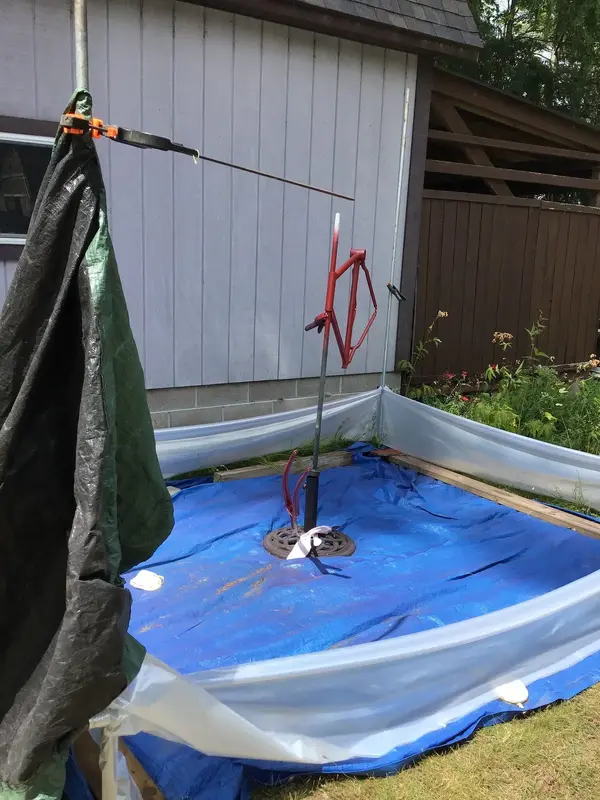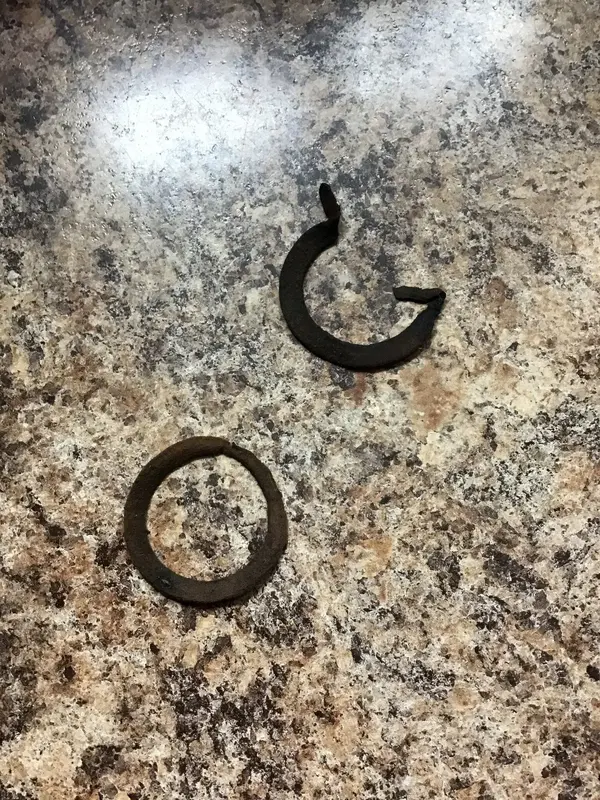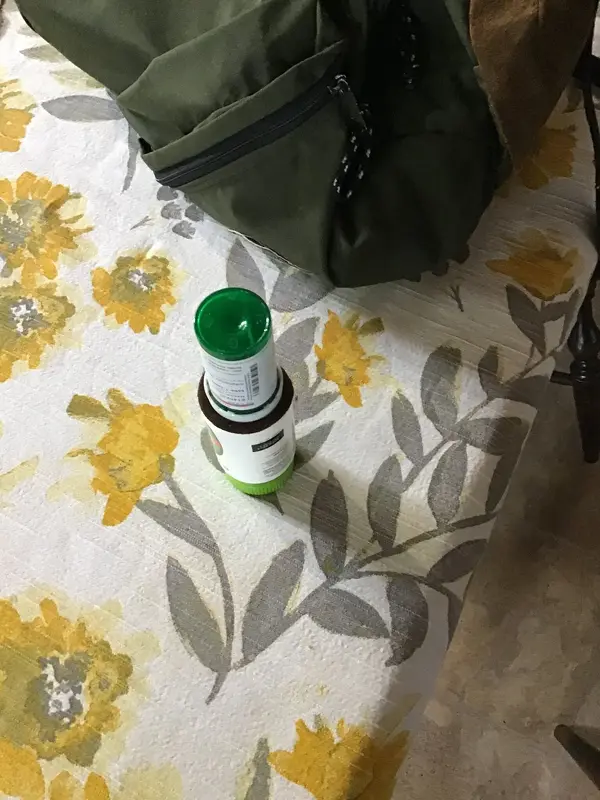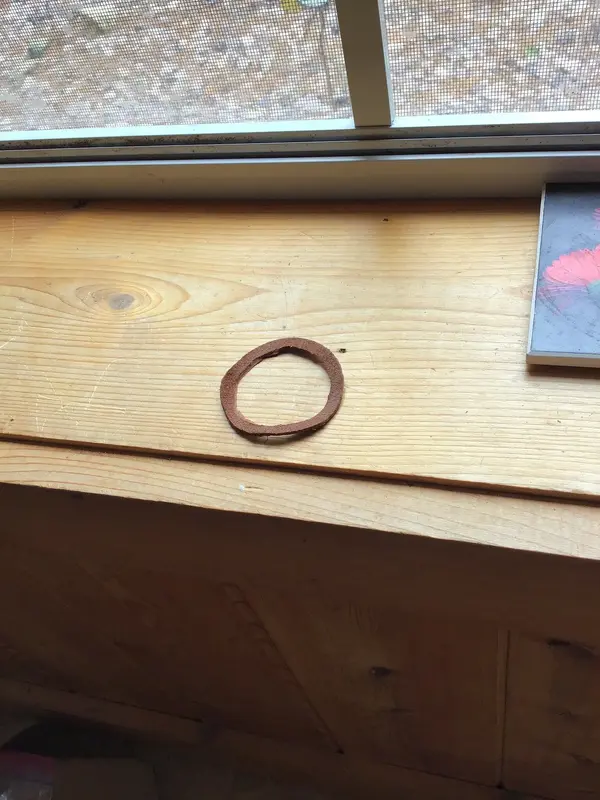Nabeaquam
BoTM Winner
I call them spinners sometime. When it’s variable I always call em adjustable scanners. Here are my other bicycles with no drops on the fork.I suspected this. There is no concept of a cone spanner. Just a spanner. Excuse the UK English .... wrench.
1912 - 1917 Flying Merkle Racer.
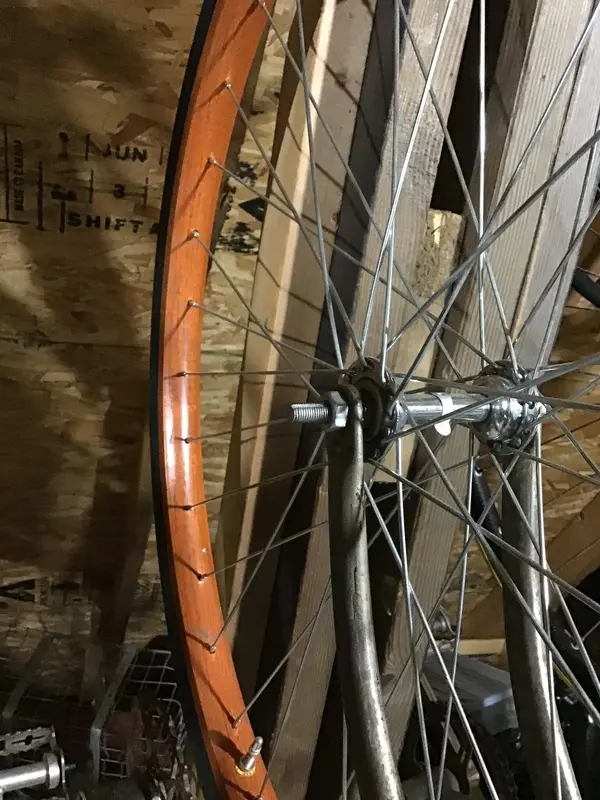 I have the original wheels, rebuilt to ride but the races are pitted badly. I seldom use the originals.
I have the original wheels, rebuilt to ride but the races are pitted badly. I seldom use the originals.
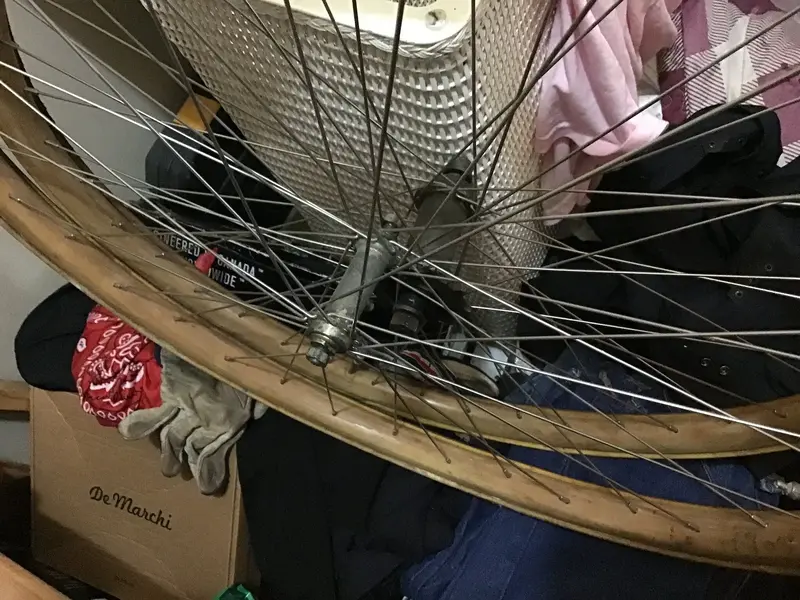
1920s Rollfast. I have the original wheels but they are really shot, unusable, rotted, cracked, etc so these are new. This bike is really junk, crooked needs a lot of work but I ride it anyway.
